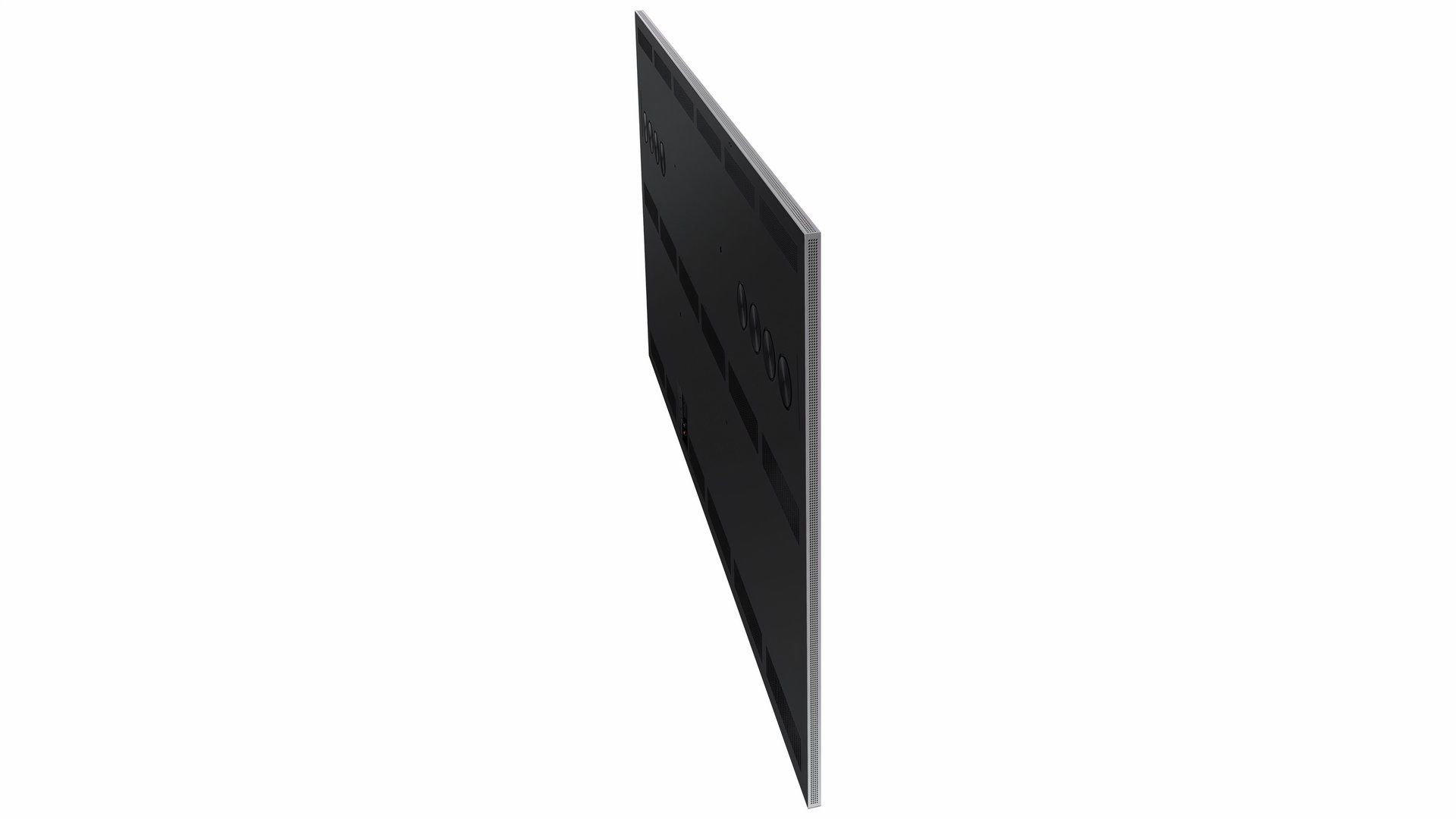Key Takeaways
- Samsung is launching new microLED TVs in 89-, 101-, and 114-inch sizes.
- The company is targeting the ultra-wealthy, with prices starting at roughly $110,000.
- MicroLED TVs offer superior brightness, colors, and contrast versus OLED, but they remain expensive to build.
Samsung expanded its short roster of microLED TVs on Wednesday, shipping models in three sizes: 89 inches, 101 inches, and a wall-filling 114 inches. As you might imagine, the sets include a number of other top-end features aimed at a rich audience. These include Samsung’s “Monolith Design,” shorthand for the screens being completely bezel-free and engineered to mount perfectly flat against a wall. Also present is 3D Arena Sound, which is paired with Dolby Atmos and Samsung’s own Object Tracking Sound Pro technology — though chances are anyone who can afford one of the TVs is going to use their own surround sound system instead of internal speakers.
Best 8K TV: Future-proof your TV and home cinema
The next big thing in TV is already here – this is our pick of the best 8K TVs you can buy right now.
Just how expensive are the new microLEDs? The 89-inch model will set you back $109,999, which is already more expensive than some new Porsche models. That only increases to $129,999.99 for the 104-inch set, and a colossal $149,999.99 for 114 inches. In many parts of the US, that could be a sizable downpayment on a nice home — or in some places, the entirety of your mortgage.
Samsung says it’s currently “out of stock” for the TVs, but it’s asking potential customers to leave their email address and/or phone number. That makes sense, given that the TVs are so high-end they may need to be custom-manufactured for individual buyers, likely celebrities and C-suite executives.
 What makes microLED so special?
What makes microLED so special?
Not to be confused with mini LED, microLED relies on microscopic LEDs for each pixel. This not only eliminates the need for backlights, but offers brightness, colors, and contrast superior to OLED. Because microLED doesn’t rely on organic material (the O in OLED), panel makers can crank up each pixel without worrying about premature burnout. Indeed Samsung claims its panels deliver “ultra-realistic texture and dimension through nearly infinite shades of color,” aided by the company’s Micro AI processor, which handles custom 4K upscaling. That’s right — despite the pricetag, you’re not getting 8K resolution.
Ultimately, the new TVs may be most significant for gradually paving the way towards general availability. They should help subsidize the cost of subsequent smaller sets, and as production capacity increases, retail prices should slowly come down. Expect it to be several years before microLED takes over the display models at your local big-box retailer, however.
Trending Products

Cooler Master MasterBox Q300L Micro-ATX Tower with Magnetic Design Dust Filter, Transparent Acrylic Side Panel, Adjustable I/O & Fully Ventilated Airflow, Black (MCB-Q300L-KANN-S00)

ASUS TUF Gaming GT301 ZAKU II Edition ATX mid-Tower Compact case with Tempered Glass Side Panel, Honeycomb Front Panel, 120mm Aura Addressable RGB Fan, Headphone Hanger,360mm Radiator, Gundam Edition

ASUS TUF Gaming GT501 Mid-Tower Computer Case for up to EATX Motherboards with USB 3.0 Front Panel Cases GT501/GRY/WITH Handle

be quiet! Pure Base 500DX ATX Mid Tower PC case | ARGB | 3 Pre-Installed Pure Wings 2 Fans | Tempered Glass Window | Black | BGW37

ASUS ROG Strix Helios GX601 White Edition RGB Mid-Tower Computer Case for ATX/EATX Motherboards with tempered glass, aluminum frame, GPU braces, 420mm radiator support and Aura Sync










